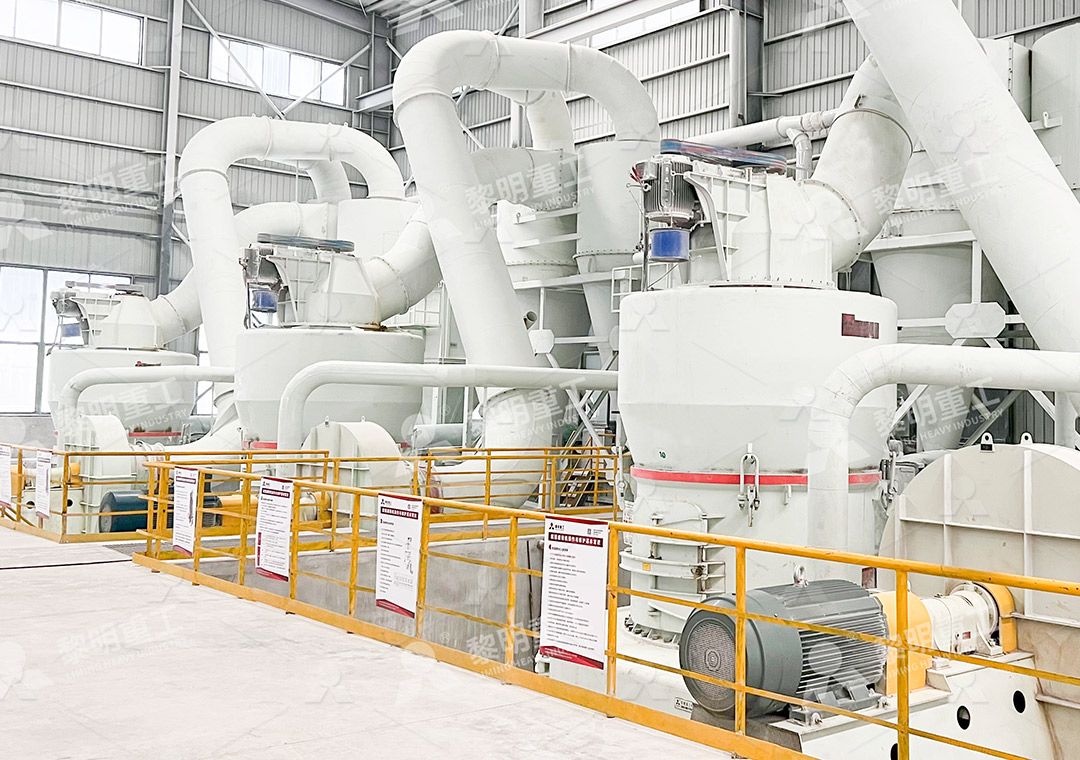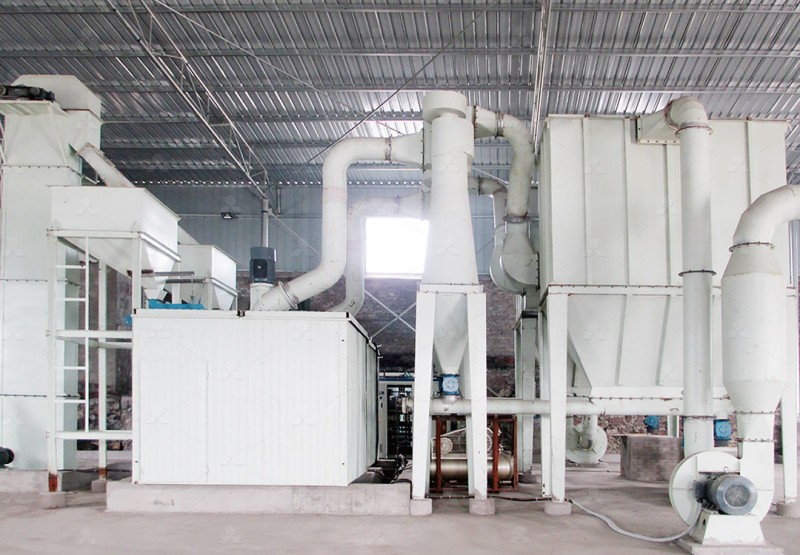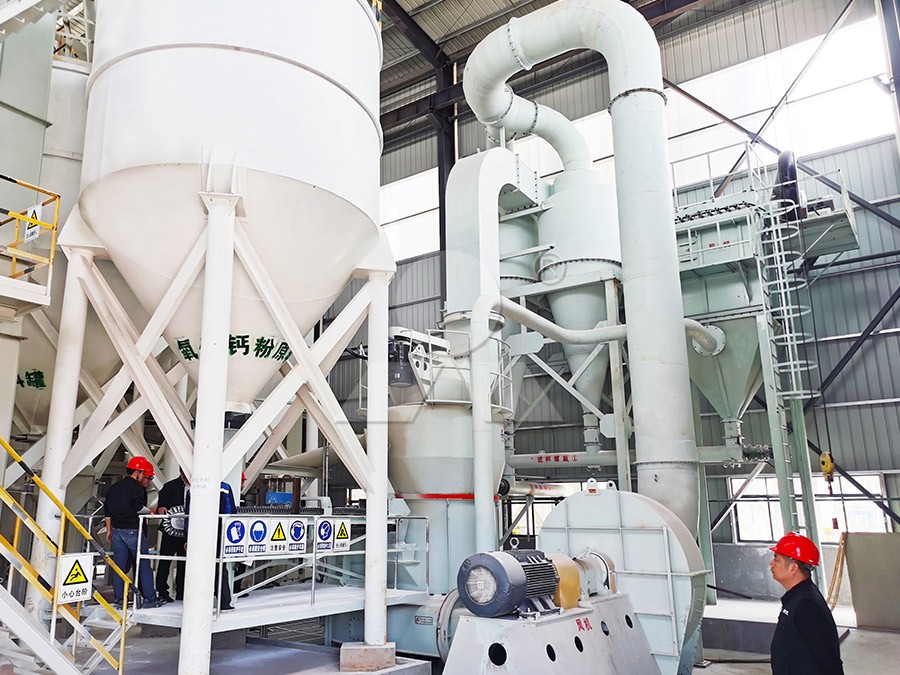Perfect Mills for Ultra Fine Grinding: A Comprehensive Guide
Perfect Mills for Ultra Fine Grinding: A Comprehensive Guide
In the world of industrial processing, achieving ultra-fine powders is a critical requirement for countless applications, from advanced ceramics and high-performance paints to pharmaceuticals and food additives. The quest for the perfect grind – one that is efficient, consistent, and economical – has led to significant advancements in milling technology. This guide delves into the key considerations for selecting the ideal ultra-fine grinding mill and highlights some of the most effective solutions on the market.
Why Ultra-Fine Grinding Matters
Ultra-fine grinding isn’t just about making small particles; it’s about unlocking material properties. Increased surface area can enhance chemical reactivity, improve dissolution rates, and provide superior product consistency. Whether you’re processing limestone for plastics, talc for cosmetics, or barite for drilling mud, the right mill can mean the difference between a premium product and a mediocre one. Key factors to consider include desired fineness (often measured in meshes or microns), capacity requirements, energy consumption, and the overall operational footprint.

Features of a High-Performance Mill
A top-tier ultra-fine grinding mill should offer more than just raw power. Look for designs that prioritize energy efficiency, as grinding can be notoriously power-intensive. Advanced powder selection systems are crucial for achieving a narrow, consistent particle size distribution. Maintenance features are another critical area; mills designed without internal screws or rolling bearings in the grinding chamber drastically reduce downtime and the risk of catastrophic failure. Finally, environmental considerations are no longer optional. Effective integrated dust collection and noise reduction systems are hallmarks of a modern, responsible machine.
Spotlight on Superior Technology: The MW Ultrafine Grinding Mill
For operations demanding exceptional fineness and reliability, the MW Ultrafine Grinding Mill stands out. This machine is engineered for customers who need to make ultra-fine powder without compromise. It handles an input size of 0-20 mm and delivers a capacity ranging from 0.5 to 25 tons per hour, making it versatile for various production scales.
Its genius lies in its design. The newly designed grinding curves of the roller and ring boost efficiency, yielding up to 40% higher production capacity than jet or stirred mills at the same power. A German-technology cage-type powder selector allows precise fineness adjustment between 325 and 2500 meshes, achieving a remarkable d97≤5μm in a single pass. Perhaps its most robust feature is the elimination of rolling bearings and screws inside the grinding chamber, virtually eliminating related failure points. Coupled with an external lubrication system that allows for maintenance without shutdown, the MW is built for continuous, worry-free 24/7 operation. Add to this its efficient pulse dust collector and muffler for eco-friendly production, and you have a mill designed for the future.

Another Stellar Option: The LUM Ultrafine Vertical Grinding Mill
Another formidable contender is the LUM Ultrafine Vertical Grinding Mill. Ideal for slightly smaller feed material (0-10 mm) with a capacity of 5-18 tph, the LUM integrates the latest grinding roller and powder separating technologies. Its unique roller shell and lining plate grinding curve promote easier material layer formation and high-rate once-through milling, enhancing efficiency and improving the whiteness of finished products. Its multi-head powder separating technology, controlled by a PLC system, reduces energy consumption by 30-50% compared to common mills. For maintenance, its reversible structure allows grinding rollers to be easily moved out of the body for service, significantly reducing downtime and associated losses.
Making the Right Choice
Choosing between these industry leaders—the MW or the LUM—depends on your specific material, desired fineness, and required throughput. Both represent the pinnacle of grinding technology, offering digitalized processing for high precision and a guaranteed supply of original spare parts for worry-free operation.

Investing in the right ultra-fine grinding technology is an investment in product quality, operational efficiency, and environmental stewardship. By focusing on mills that offer higher yields, lower energy consumption, and revolutionary maintenance features, you can ensure your process remains competitive and sustainable for years to come.
